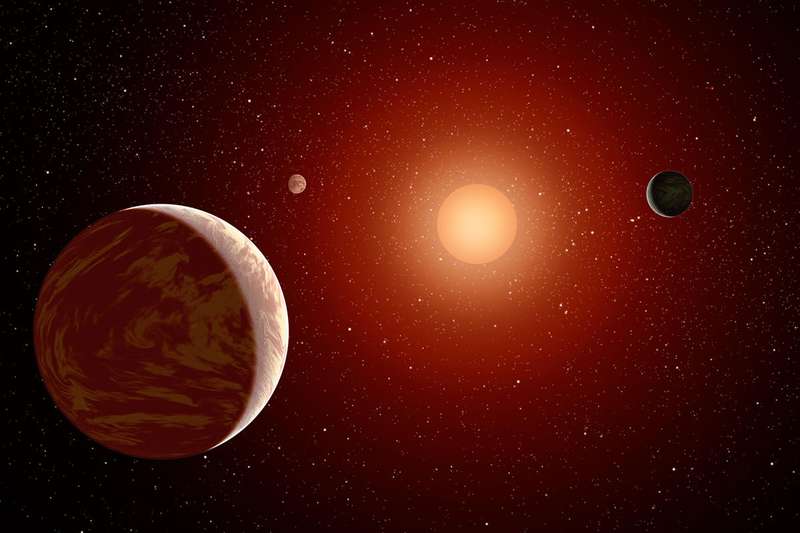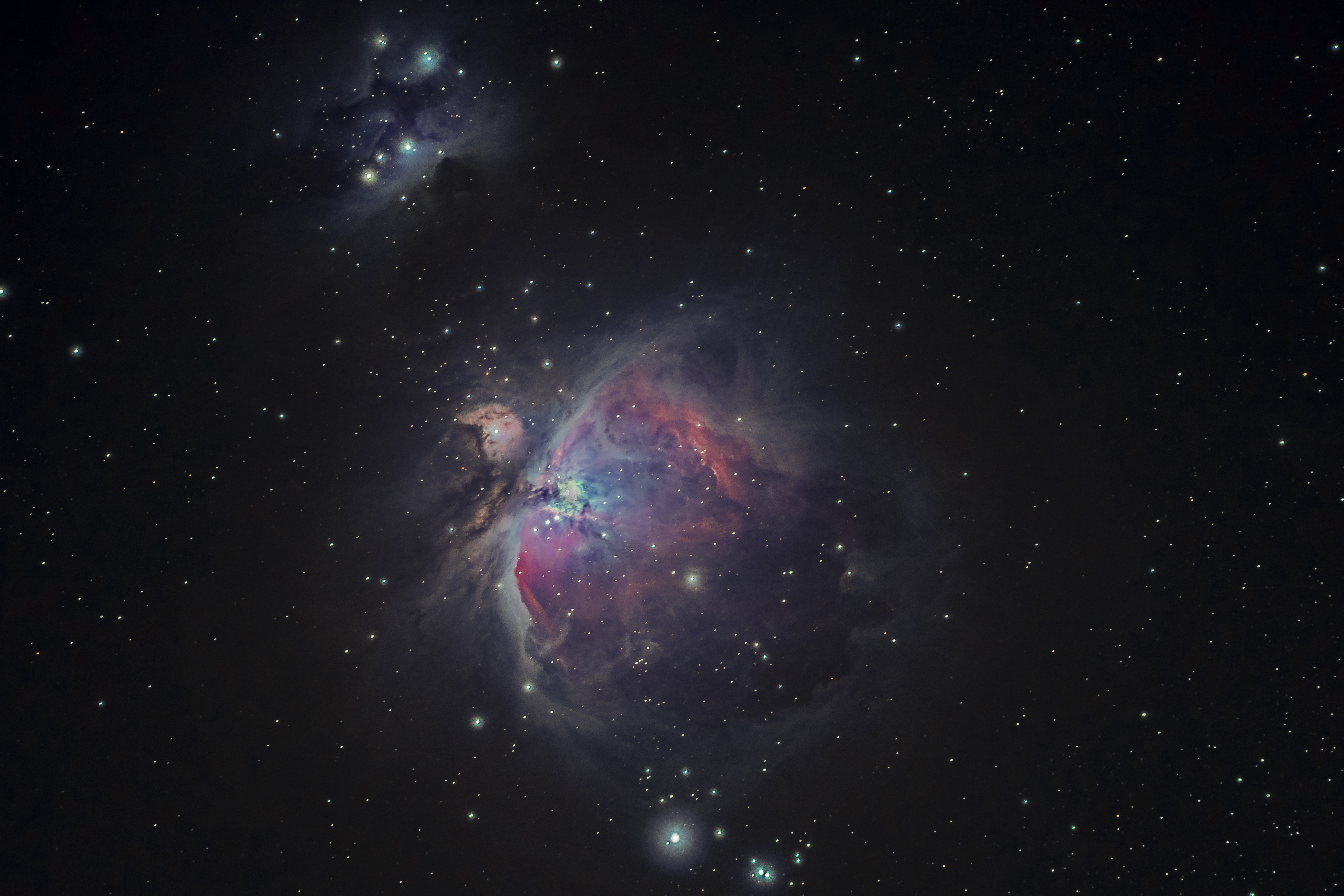
Contrary to popular belief, space is not empty. The space between the stars is filled with clouds of dust and gas. And this space—the interstellar medium—is incredibly beautiful and fascinating.
I often refer to the interstellar medium as the galaxy’s “backstage.” Why? Because it’s not the part of the universe that astronomy enthusiasts usually think about. And yet, there are whole studies devoted to studying this natural wonder of the universe.
Also, the interstellar medium is largely hidden from us. There are ways we can detect it—when light from a distant star passes through it, for example. And with our eyes, we can see nebulae, the visible evidence of this interstellar expanse.
The backstage of a theater is similar—it’s not the main part of the show, but you sometimes see evidence of it in the forms of new costumes donned as the play progresses and new props brought into play. The audience often forgets about it entirely.
Nevertheless, it’s beautiful. Stars are born out of giant molecular clouds, triggered by compression from expanding bubbles of coronal gas. The interstellar medium spells our beginning.
But how did it get there?
Continue reading







